Image Gallery: 'Animal Pompeii' Found in China
Entombing poses
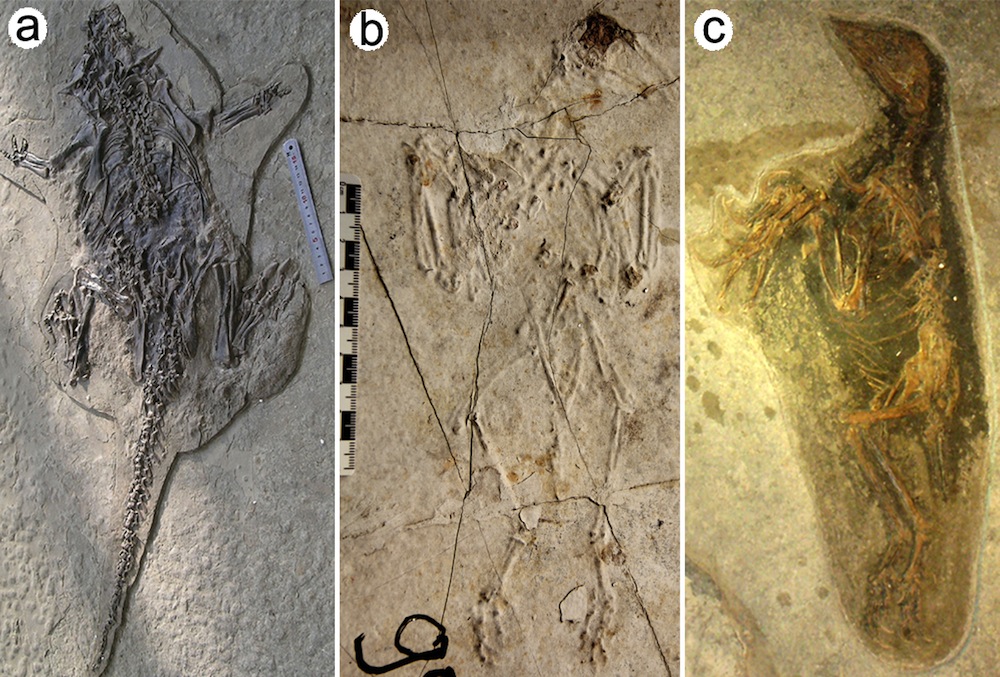
Photos show the typical entombing poses of the Jehol terrestrial vertebrate fossils (a, Psittacosaurus; b-c, Confuciusornis). This boxer-like pose is typical of victims of pyroclastic density currents, resulting from postmortem tendons and muscles shortening.
Charcoalified soft tissues

Backscattered SEM images show charcoalified soft tissues (dark materials) on the Jehol terrestrial vertebrate skeletal fossils (a-b, Psittacosaurus; c-d, Confuciusornis).
Thin sections
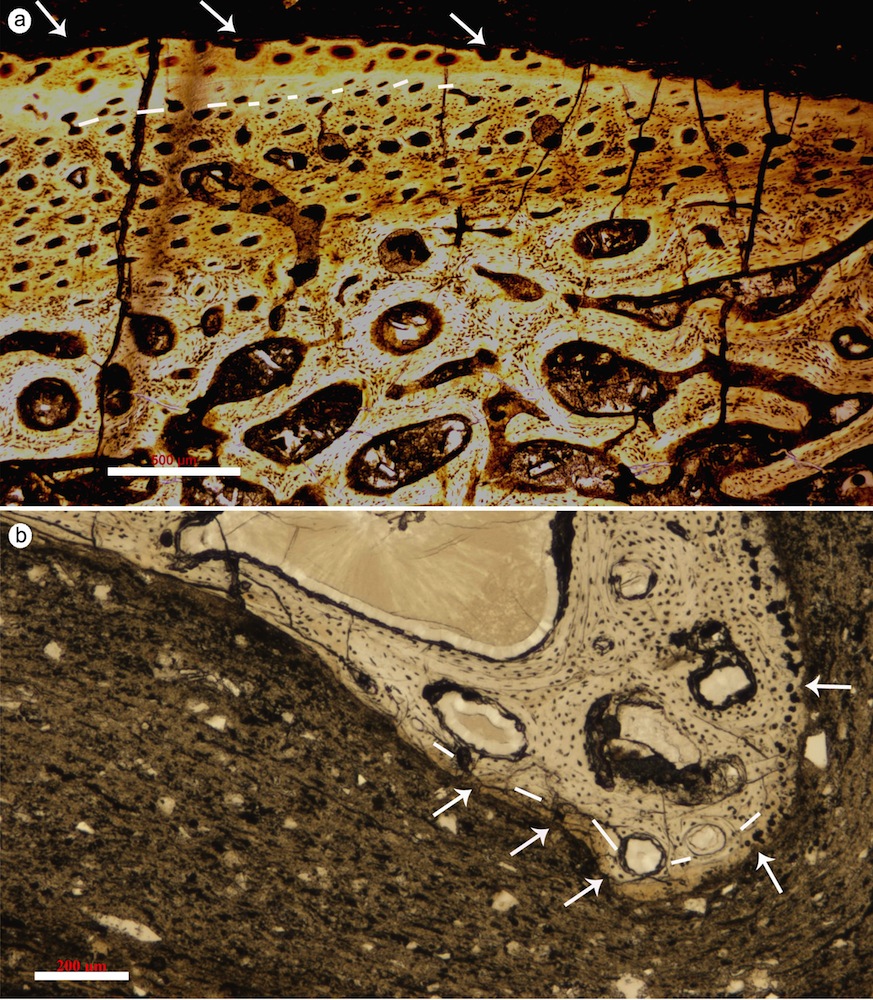
Photomicrographs of thin-sections show asymmetric, wavy abrasive pits, missing bone material (arrows) and cracks at both upper and lower bone edges, and decreasing modification of bone microstructures of two Jehol terrestrial vertebrate skeletal fossils (a, Psittacosaurus; b, Confuciusornis).
Fragmental skeletons

Studied materials and analyzed positions. CT scan images (a, b) and photographs (c–f) of the studied materials containing fragmental skeletons show positions of polished cross-sections and thin-sections and areas of SEM analyses.
Photomicrographs of specimens

Photomicrographs of the specimens from the Sihetun area.
Photographs and photomicrographs

Photographs and photomicrographs of the specimen V12414.
Photomicrographs
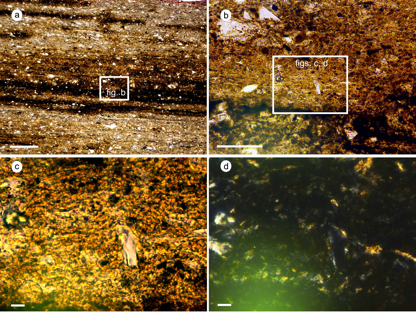
Photomicrographs of the specimen V12556.
Get the world’s most fascinating discoveries delivered straight to your inbox.
Photomicrographs

Photomicrographs of the specimen V12644.
Photomicrographs
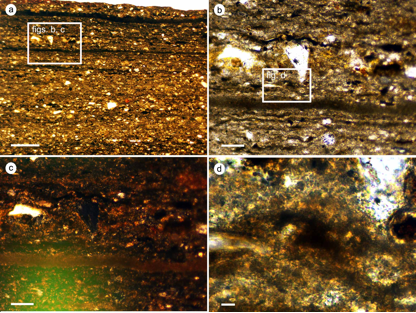
Photomicrographs of the specimen V16709.
Sediment composition

Sediment composition. Backscattered, environmental SEM images show blocky vitric shards with adhering dust (arrows) setting in a matrix of moss-like masses of angular and irregular vitric chips in the embedding sediments.
Charcoalified plant debris
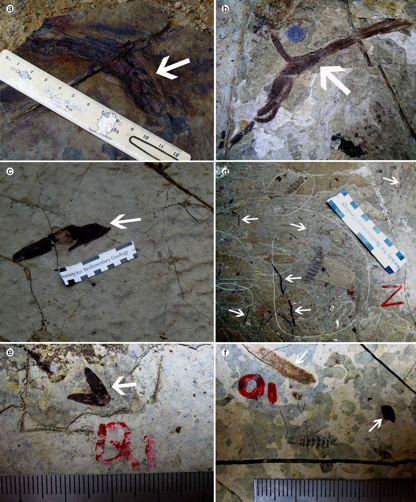
Photographs of charcoalified plant debris. Charcoalified plant debris (arrows) from the vertebrate-bearing laminae in the Sihetun area. Rulers in (a, c–f) are in cm; the coin in (b) is 1.8 cm.



